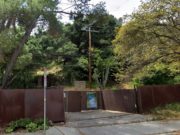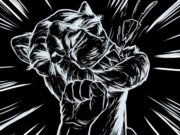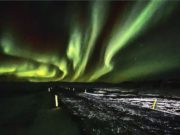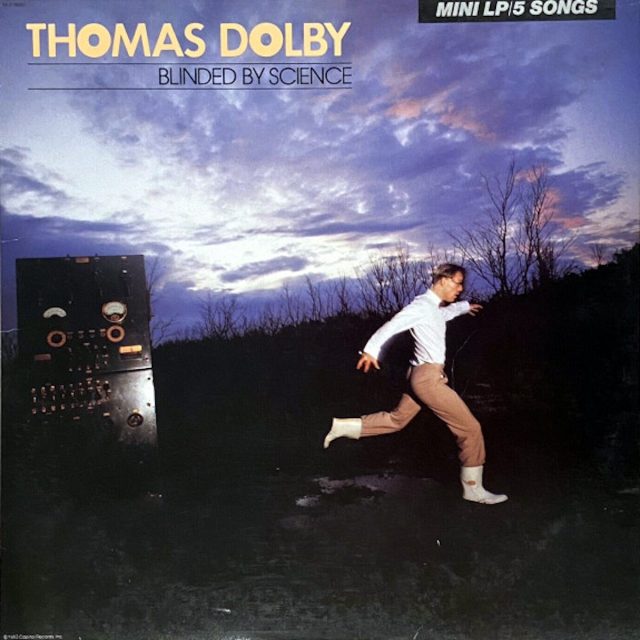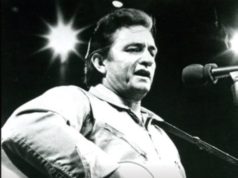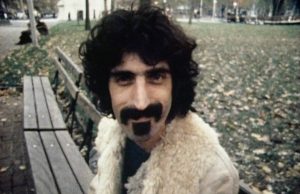 This album — EP, actually — first came into my life when my older brother borrowed it from a high school friend not long after it came out. I was 10 years old.
This album — EP, actually — first came into my life when my older brother borrowed it from a high school friend not long after it came out. I was 10 years old.
The title track was a major hit in Canada and the U.S. The catchy, unique, somewhat-of-a-novelty song was definitely given a boost by its creative and funny music video. It barely cracked the Top 50 in Thomas Dolby‘s native U.K.
Dolby (real name: Thomas Robertson) was 25 years old when all this happened. His stage name is, of course, inspired by the noise reduction system of the same name. In fact, Dolby Laboratories unsuccessfully tried to sue him.
Before his chart success, Dolby had done some notable session work. That’s him playing the signature synth on both Waiting For A Girl Like You and Urgent, from Foreigner‘s 1981 album 4. Strangely, a few years earlier Foreigner actually released a totally unrelated song called Blinded By Science on their Head Games album. Dolby also contributed to Robyn Hitchcock‘s first solo album following the demise of The Soft Boys, wrote Lene Lovich’s hit New Toy and played synth on Thompson Twins’ 1982 album Set. Just before he became a major success himself, Dolby contributed keyboards to Def Leppard‘s breakthrough album Pyromania.
Blinded By Science wasn’t Dolby’s first album. He released The Golden Age Of Wireless in 1982. It featured the minor hit Europa And The Pirate Twins. Such a great song. All of the songs on the Blinded By Science EP can be found on various editions of The Golden Age Of Wireless — except She Blinded Me With Science and One Of Our Submarines, which only appeared on later pressings.
But it’s the 29-minute, five-song EP, Blinded By Science, we are examining today. Incidentally, it isn’t on Spotify for some reason, so I made you a playlist to emulate it. The record begins with the title track. Right away it has so many catchy hooks — a danceable drum and bass rhythm and a cool ominous keyboard refrain/lick. There’s cool guitar overdubs throughout which were played by Kevin Armstrong. He’s the guy who supplied the same for Iggy Pop’s Blah Blah Blah album and performed at Live Aid with David Bowie.
Matthew Seligman is the guy who provides the synth bass. He was a member of the aforementioned Soft Boys as well as Thompson Twins. The violin parts in She Blinded Me With Science were performed by Simon House of Hawkwind. Producer Mutt Lange actually is one of the backing vocalists, but it was Dolby himself who produced the record. One of the more novelty elements of the track is the stereotypical academic science spoken words bits — and exclamation “Science!” — these were supplied by Magnus Pyke, an actual expert who was a famous British TV and radio presenter.
Up next is the excellent One Of Our Submarines. A much better song than the single. In fact, this was actually used as the flipside. Based on a family war story involving a U-boat, Despite still being upbeat, One Of Our Submarines is less poppy but more new wave and darker. It’s also more than seven minutes long, so easily completing Side 1.
The next side begins with the equally excellent Windpower and its fantastic synth bassline. It’s great songwriting and like all of the songs so far — doesn’t rush into the lyrics. Dolby prefers to introduce all the elements first and then add his lead vocal. And when he does, in this song, it’s almost a cappella initially. This song wouldn’t be out of place on Prince’s 1999 album if it were a bit funkier. This was also released as a single.
It’s hard to have a deep cut on a five-song EP, but that’s what Airwaves is. The first song since the single to feature guitar, this song is gorgeous, somewhat reminiscent of good Billy Joel, except British — with a very good bridge. I’m surprised this wasn’t also a single. The version here is the same one from the U.K. edition of The Golden Age Of Wireless, and is longer than the one on the U.S. version. Bruce Woolley, who in 1979 co-wrote Buggles’ Video Killed The Radio Star, sings backing vocals. It was also in 1979 that Woolley formed new wave group The Camera Club, which featured Dolby on keyboards.
The EP closes with Flying North, which feels like something from a John Hughes movie. It’s the weakest song on the album, but has a very, very strong and catchy descending piano refrain. Again, Dolby doesn’t crowd the arrangement and lets it breathe. For a new wave pop songwriter with a lot of noisy songs, he sure isn’t afraid to make sure they all have minimalist elements. This was the flipside of Windpower.
Dolby’s next album was The Flat Earth, which featured the hit Hyperactive! — his only Top 20 hit in the U.K.
4/5
• • •
Area Resident is an Ottawa-based journalist, recording artist, music collector and re-seller. Hear (and buy) his music on Bandcamp, email him HERE, follow him on Instagram and check him out on Discogs.






